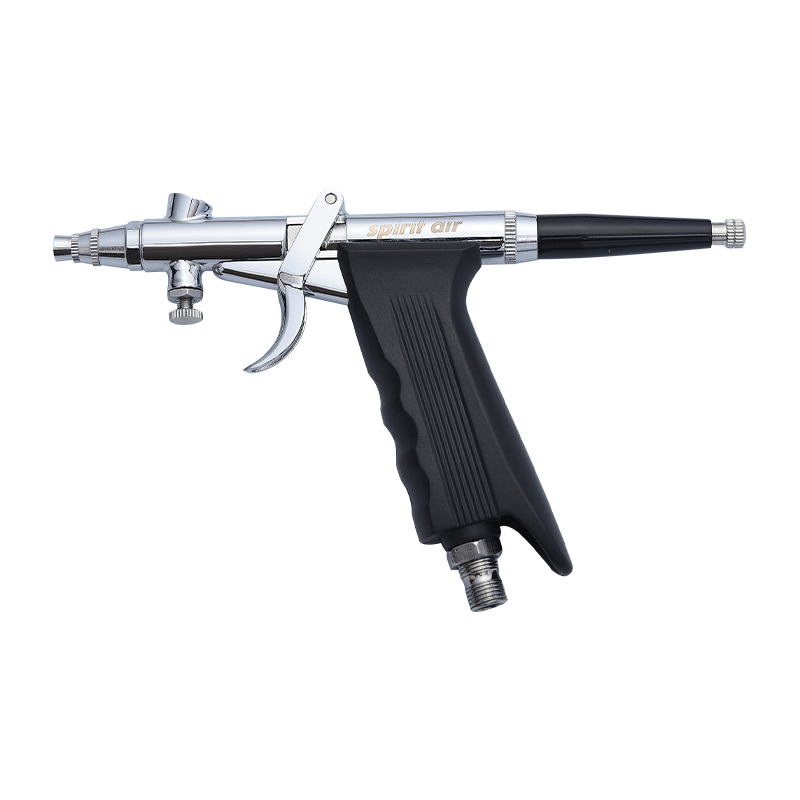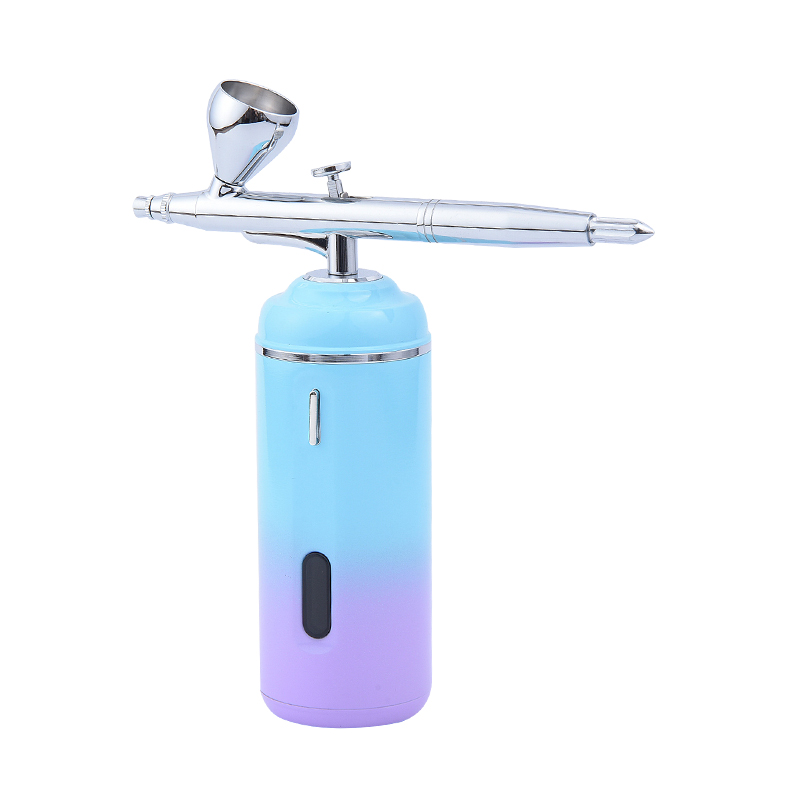Dec 15,2025
The performance of the mini airbrush compressor in a quiet environment has obvious defects and should be carefully considered:
The promotion of 'silent' is misleading:
Businessmen often claim to be "silent", but this only refers to the loud noise of industrial compressors. In actual operation, there will still be continuous low-frequency buzzing, motor vibration, and airflow sounds, which are clearly audible and abrupt in environments that require absolute quietness, such as recording studios, night bedrooms, and libraries.
The type of noise is irritating:
The noise of piston or diaphragm mini machines is mostly regular mechanical reciprocating sound (similar to small air pumps), rather than gentle white noise. This pulsating sound is highly likely to interfere with attention, causing annoyance to the operator or surrounding personnel, and disrupting the quiet atmosphere.
The problem of close range exposure is prominent:
Due to its small size, it is often placed on workbenches (such as makeup tables and model workbenches), and the noise source is too close to the human ear (usually<1 meter). Sound waves propagate directly without buffering, and the actual perceived volume is much higher than the decibel meter test value, especially harsh in quiet environments.
Intermittent high-frequency noise interference:
Some models' cooling fans or internal valves may suddenly produce short high-frequency abnormal sounds (such as "beep" or "buzzing") during startup/shutdown, which are particularly sharp in quiet environments and may startle users or disturb others.
Vibration conduction amplifies noise:
When the compressor is running, the vibration of the machine body will be transmitted to the desktop or furniture. If placed on a wooden tabletop or hollow structure, it will resonate and produce additional low-frequency rumbling sound, further amplifying the noise disturbance.
Continuous noise is difficult to ignore:
During operation, the compressor needs to run continuously to maintain pressure, unlike electric tools that can be turned off. Its uninterrupted background noise will continue to occupy auditory perception in a quiet environment and cannot be avoided by "briefly turning on" interference.
Professional silent scenes are completely unavailable:
In scenarios with zero tolerance for noise, such as ASMR recording, patient lounges, and high-end dressing room customer experiences, the noise level of mini machines is absolutely excessive. Its existence itself destroys the quietness of the environment, no matter how low the volume is.
| Claim/Expectation | Reality in Quiet Settings | Impact |
| "Silent" or "Quiet" Label | Misleading marketing – Only "quieter" than industrial compressors, not truly silent. | Creates unrealistic expectations; noise remains clearly audible in silence. |
| Actual Noise Type | Persistent low-frequency hum + mechanical clicking/pulsing (piston/diaphragm action). | Rhythmic noise is intrusive and distracting, not neutral background sound. |
| Noise Source Proximity | Designed for desktop use → operates very close to user (< 1 meter typical). | Perceived loudness significantly amplified due to short distance. |
| Vibration Noise | Transmits vibrations to work surface (desk, table). | Creates amplified low-frequency rumble through furniture resonance. |
| Sudden Intermittent Sounds | May produce jarring clicks, whines, or hisses during start/stop or pressure shifts. | Highly disruptive in calm settings; can startle users or others nearby. |
| Continuous Operation | Must run continuously to maintain pressure (no on-demand-only mode). | Unbroken noise duration prevents auditory respite in quiet spaces. |
| Professional Quiet Spaces | Absolutely unsuitable for environments requiring true silence (ASMR, studios, libraries, client relaxation areas). | Violates the fundamental requirement of acoustic discretion. |
| Acceptable Compromise | Marginally tolerable ONLY if: - Background sound exists (music, TV) - Short sessions - Low user sensitivity | Not genuinely "quiet" – merely masked or begrudgingly endured. |






